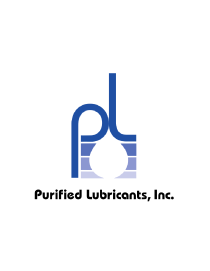“How would you perform an oil flush for a rotary-screw air compressor?”
The purpose of oil flushing is to clean the system in contact with the lubricant. Whether it involves a machine, storage container, lubricant line, hose or lubricant conditioning system, flushing is designed to eliminate or control contamination that can negatively affect the performance of the lubricant or machine.





